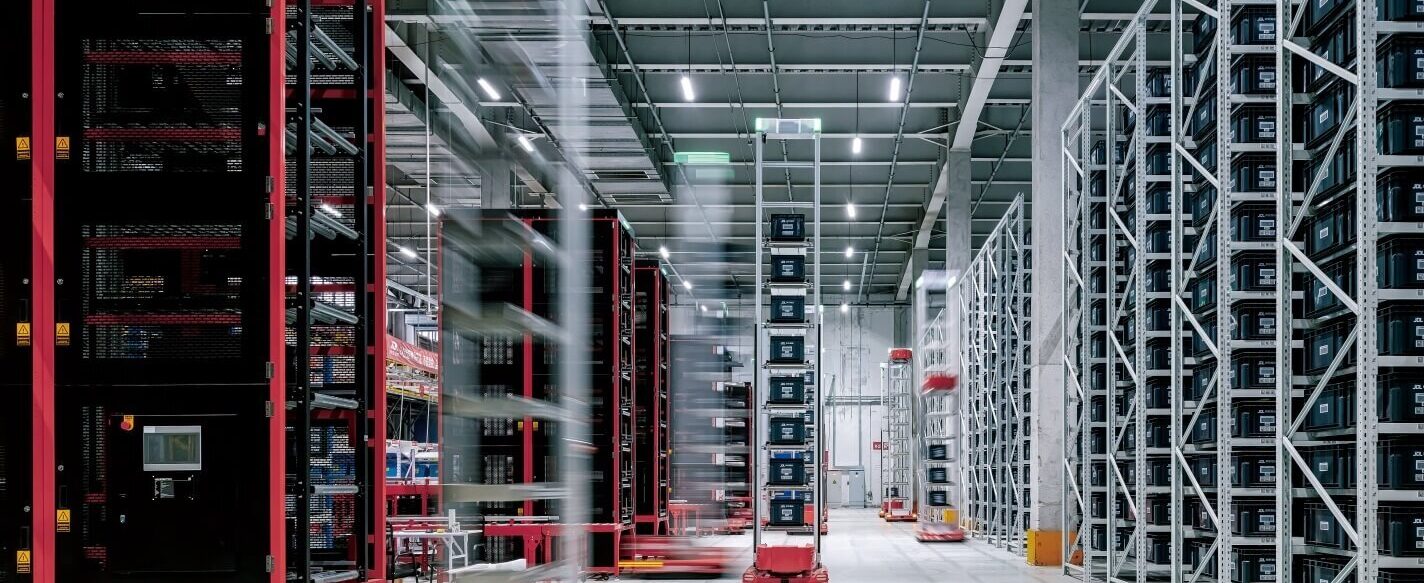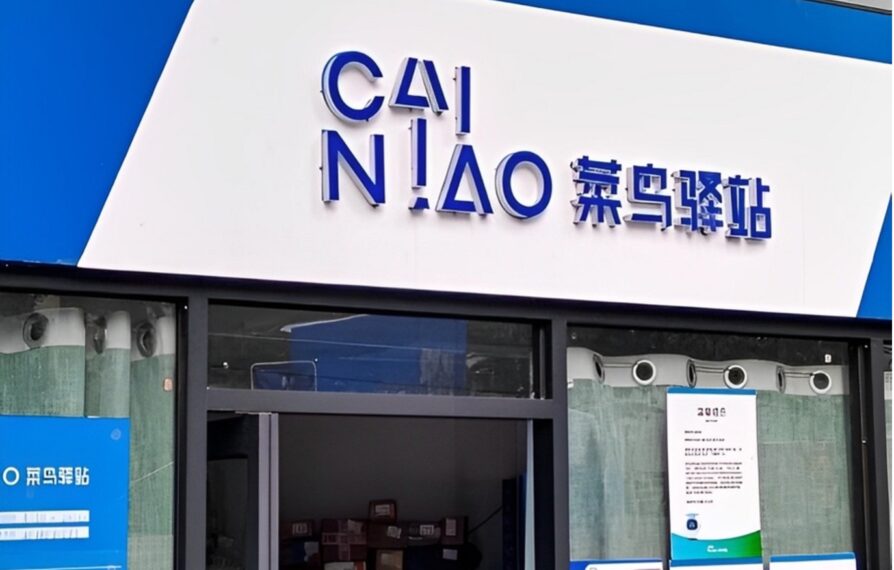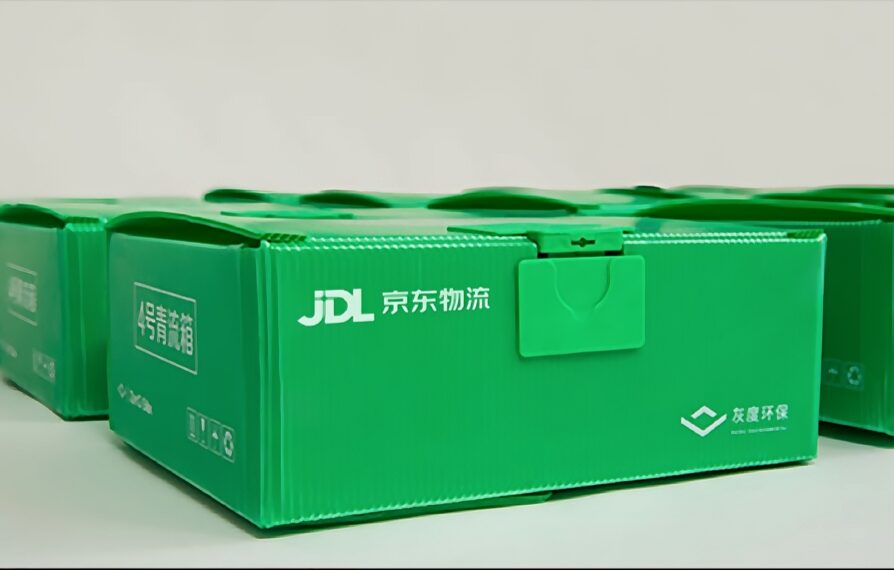
INITIATIVES IMPLEMENTED BY LEADING E-COMMERCE PLATFORMS
While technological innovation remains a central driver of sustainable logistics, it does not operate in isolation. In China, the rapid adoption of greener practices has been equally shaped by policy and regulatory momentum. National frameworks such as China’s “Dual Carbon” goals (achieving peak carbon emissions by 2030 and reaching carbon neutrality by 2060) provide a clear direction for the industry. Extended Producer Responsibility (EPR) mandates are compelling companies to take ownership of the entire lifecycle of their packaging, while international initiatives like the China–EU Circular Economy Partnership encourage the exchange of best practices in resource efficiency and waste reduction. Within this dual landscape of innovation and compliance, e-commerce leaders such as Alibaba and JD.com are not only meeting regulatory expectations but also moving beyond them, using sustainability as a platform for industry leadership.

Alibaba - Cainiao Green Logistics
In cities across China, Alibaba’s neighborhood parcel hubs – Cainiao Post stations have become a familiar sight. Instead of having each package delivered to individual doorsteps, parcels are consolidated at these local stations, reducing repeated delivery trips and lowering emissions from last-mile logistics. Customers who collect their packages are encouraged to return used boxes and insulated bags on the spot. These materials are then sorted and sent back into circulation, cutting down the need for new packaging.
The environmental impact is significant. According to Cainiao’s 2025 ESG report, its end-to-end green logistics initiatives, including packaging reduction, e-waybills, reusable box programs, and route optimization, achieved a total reduction of 169,000 tons of packaging materials and contributed to Alibaba Group’s overall carbon emission reduction of 2.028 million tons, a year-on-year increase of 24.7%. By integrating with Ant Forest, every box returned can also translate into “green energy” points on the customer’s phone, points that help fund tree planting projects in China’s arid regions.
Beyond recycling, Cainiao has also experimented with AI-powered smart lockers and digital parcel management systems. These innovations reduce idle trips by couriers, shorten pick-up times, and further optimize resource allocation in dense urban neighborhoods. Together, they illustrate how a consumer-facing logistics model can merge convenience with low-carbon outcomes.
These approaches fit neatly into China’s Dual Carbon strategy and meet EPR requirements by making packaging recovery part of the everyday consumer experience. What started as a compliance measure has now turned into a brand differentiator, with Cainiao Post stations becoming not just a convenience, but a visible reminder of how small actions can add up to a national low-carbon goal.

JD Logistics - Tech-Driven Green Supply Chain
Following Alibaba’s Cainiao Post stations, which focus on consumer-facing recycling and last-mile consolidation, JD Logistics has taken a different route: embedding sustainability deep into its supply chain operations through the Green Stream Initiative. Launched in 2017, this program aims to reduce waste and emissions across every step of logistics, from packaging to transportation and warehousing.
One visible achievement is the widespread adoption of recyclable and tape-free packaging. By replacing single-use cartons with reusable green boxes and introducing “slim tape” technology, JD has saved tens of thousands of tons of packaging material annually. At the same time, the company invested in an expanding fleet of electric delivery vehicles and energy-efficient warehouses, ensuring that carbon reduction is not limited to the consumer end but runs through the backbone of logistics.
What further differentiates JD is its use of AI and big data. The company applies AI-powered demand forecasting and dynamic route planning to minimize unnecessary trips, which has improved vehicle utilization by over 40%. These technologies not only cut empty mileage but also enhance overall energy efficiency, reinforcing the impact of JD’s broader green initiatives. The strength of the Green Stream Initiative lies in its scalability. Because JD is not only an e-commerce giant but also a logistics service provider for thousands of businesses, these practices ripple outward. For start-ups considering China entry, JD’s case offers a valuable lesson: sustainability can be achieved not just through consumer incentives, but also by integrating green practices at the operational core.
IS GREEN LOGISTICS REALLY FEASIBLE?
The cases of Alibaba and JD highlight how e-commerce leaders in China are making tangible progress toward greener logistics. Yet, the question remains: can such practices be scaled across the entire industry? The path toward truly sustainable logistics is still fraught with challenges, particularly when it comes to costs, infrastructure, and consumer behavior.
Cost and Infrastructure Barriers
The economic feasibility of green logistics in China remains contested. Technologies such as electric vehicle fleets and recyclable packaging require high upfront investment. Market leaders like JD can shoulder these costs, but small and medium-sized logistics providers often lack the capital to follow suit. Moreover, the infrastructure gap is stark: charging stations for electric delivery trucks are concentrated in China’s top-tier cities, while rural and low-tier areas lag. Compared with Europe, where government subsidies and dense urban planning have facilitated the deployment of EV infrastructure, China’s rapid geographic expansion poses unique challenges. In Switzerland, for instance, last-mile logistics often benefits from integrated public transport and established recycling systems, making the transition to greener practices less capital-intensive. By contrast, in China the sheer scale of the logistics network increases both the costs and the complexity of implementation.
Consumer Expectation Gap
Even if infrastructure challenges were overcome, consumer behaviour presents another obstacle. Chinese consumers are accustomed to ultra-fast and low-cost delivery, same-day or next-day shipping has become the norm. “Green delivery” options at checkout exist on some platforms, yet adoption rates remain low. This tension is not unique to China. In European markets, consumers tend to show stronger willingness to pay a small premium for eco-friendly shipping, reflecting broader cultural acceptance of sustainability trade-offs. In China, however, the price sensitivity of e-commerce shoppers makes this transition more difficult. Unless green logistics is made as convenient and affordable as existing options, widespread behavioral change will remain limited.
TOWARD A TRULY SUSTAINABLE E-COMMERCE FUTURE
The future of sustainable e-commerce will depend on whether the industry can shift from incremental improvements to systemic change. While initiatives such as recyclable packaging, electric delivery fleets, and AI-powered logistics optimization have demonstrated clear environmental benefits, they are not enough on their own. A truly sustainable approach must address the structural drivers of carbon emissions and waste.
One of the most pressing issues is last-mile delivery, which accounts for a disproportionate share of logistics emissions. The dominance of home delivery creates fragmented routes, duplicated trips, and excessive packaging. Encouraging alternatives such as neighborhood pickup stations or in-store collection could substantially reduce both carbon output and packaging waste. These models not only consolidate deliveries but also create opportunities for community-based recycling and consumer engagement.
Another key dimension is cross-border learning. Switzerland, for instance, has successfully integrated logistics with public transport systems and established strict recycling norms. For Swiss startups entering the Chinese market, partnerships with logistics providers that already embrace greener practices, such as JD’s scalable green supply chain or Alibaba’s consumer-facing recycling hubs, offering a practical way to align with China’s decarbonization goals while maintaining competitiveness.
Ultimately, technology and infrastructure are only part of the solution. Green logistics will require a cultural shift among consumers, stronger regulatory incentives, and collaboration across the value chain. If e-commerce players can align business models with environmental responsibility, the sector has the potential not just to reduce its footprint, but to set a global benchmark for sustainable commerce.
Author

Fabian Sinn is a seasoned expert in e-commerce and social commerce, with a proven track record of scaling businesses on social commerce platforms since 2017. Currently he is managing partner at GENUINE, a leading agency providing e-commerce solutions to help brands grow in the Chinese market and on TikTok Shop. Before joining GENUINE, Fabian led business development at Alibaba in the DACH region from 2016 to 2021. During this time, he gained an in-depth understanding of China’s commercial and social media ecosystems—both on a strategic and operational level. Fabian holds a double Master’s degree from EBS University (Germany) and the University of Hong Kong, as well as a Bachelor’s degree in Business from EBS University and Tongji University (China). He has been featured in Chinese television series and frequently invited by the Swiss, German, and Austrian Chambers of Commerce as a guest speaker on e-commerce and social commerce.

Lewis is a Shanghai-based e-commerce professional with a focus on helping global brands successfully enter and scale in China. As Strategy & Business Development Manager at GENUINE, a leading international e-commerce and marketing enabler, he has guided over 100 international brands in navigating the complexities of the Chinese online market, from initial market entry to sustainable growth. Lewis holds a Master’s degree from WHU – Otto Beisheim School of Management (Germany) and a First-Class Honours degree from the University of Nottingham Ningbo (China). Before joining GENUINE, he gained valuable experience at Henkel and ICBC, combining international expertise with deep local market knowledge.